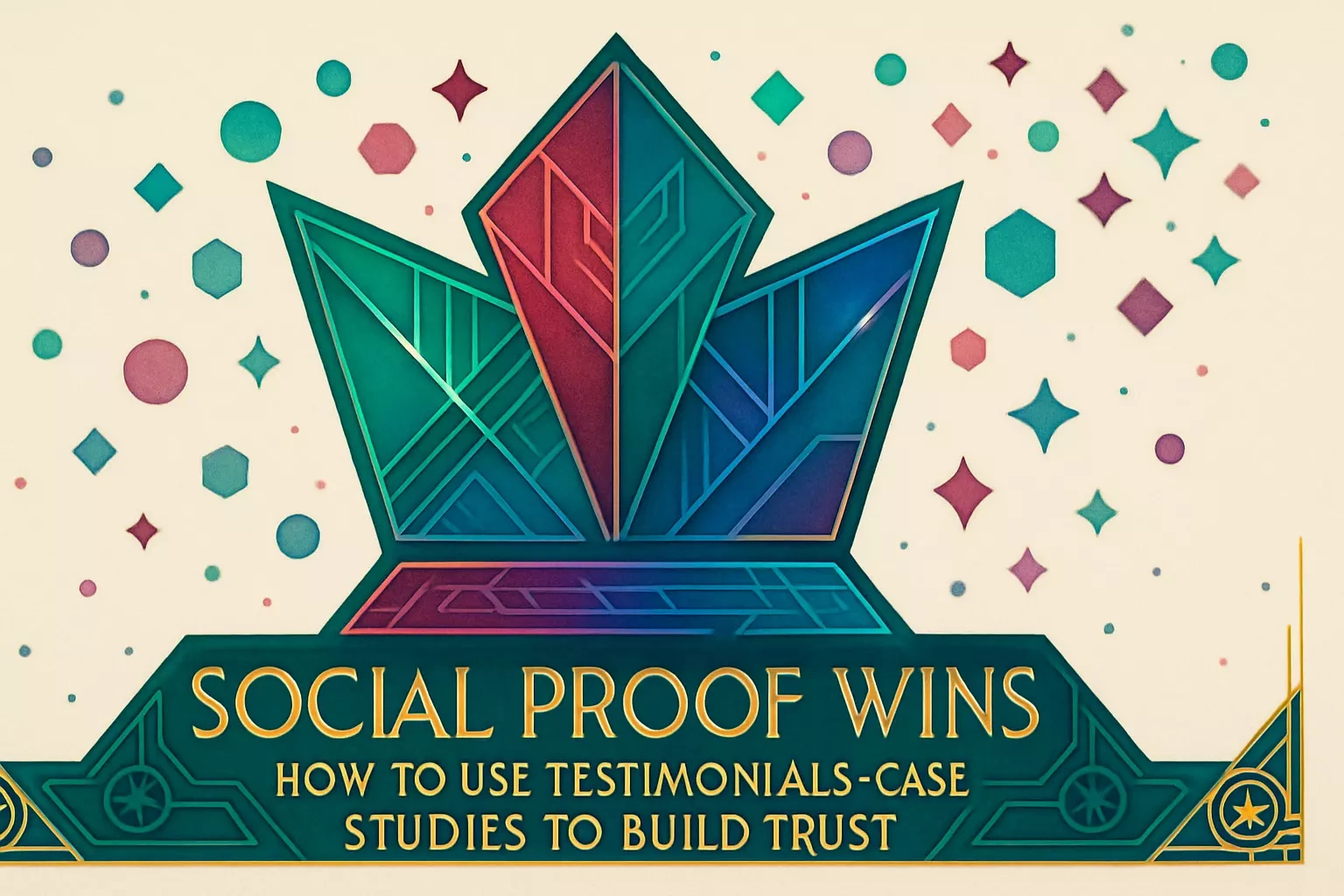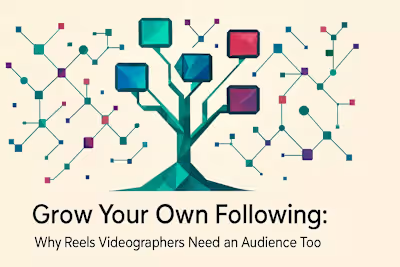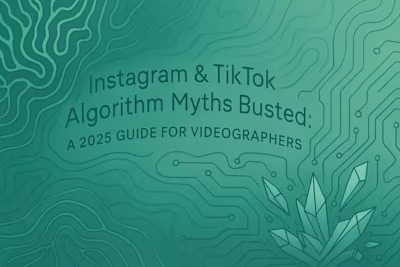Social Proof Wins: How to Use Testimonials & Case Studies to Build Trust

Social Proof Wins: How to Use Testimonials & Case Studies to Build Trust
What is Social Proof and Why Does It Matter for Videographers?
The Psychology of Trust
Different Forms of Social Proof
How to Systematically Collect Powerful Testimonials
When and How to Ask for a Testimonial
Guiding Your Clients to Give Great Feedback
Turning Feedback into Polished Testimonials
Creating Compelling Case Studies That Sell Your Services
The Anatomy of a Perfect Case Study
Showcasing the 'Before and After'
Designing and Publishing Your Case Studies
Where and How to Showcase Your Social Proof for Maximum Impact
Integrating Social Proof on Your Website
Leveraging Social Proof on Social Media
Using Social Proof in Proposals and Pitches
Conclusion
References
Social Proof Wins: How to Use Testimonials & Case Studies to Build Trust
What is Social Proof and Why Does It Matter for Videographers?
The Psychology of Trust
Different Forms of Social Proof
How to Systematically Collect Powerful Testimonials
When and How to Ask for a Testimonial
Guiding Your Clients to Give Great Feedback
Turning Feedback into Polished Testimonials
Creating Compelling Case Studies That Sell Your Services
The Anatomy of a Perfect Case Study
Showcasing the 'Before and After'
Designing and Publishing Your Case Studies
Where and How to Showcase Your Social Proof for Maximum Impact
Integrating Social Proof on Your Website
Leveraging Social Proof on Social Media
Using Social Proof in Proposals and Pitches
Conclusion
References
Posted Jun 30, 2025
Trust is everything. Learn how to gather and showcase powerful testimonials and case studies to build credibility, win clients, and grow your Reels videography business.









